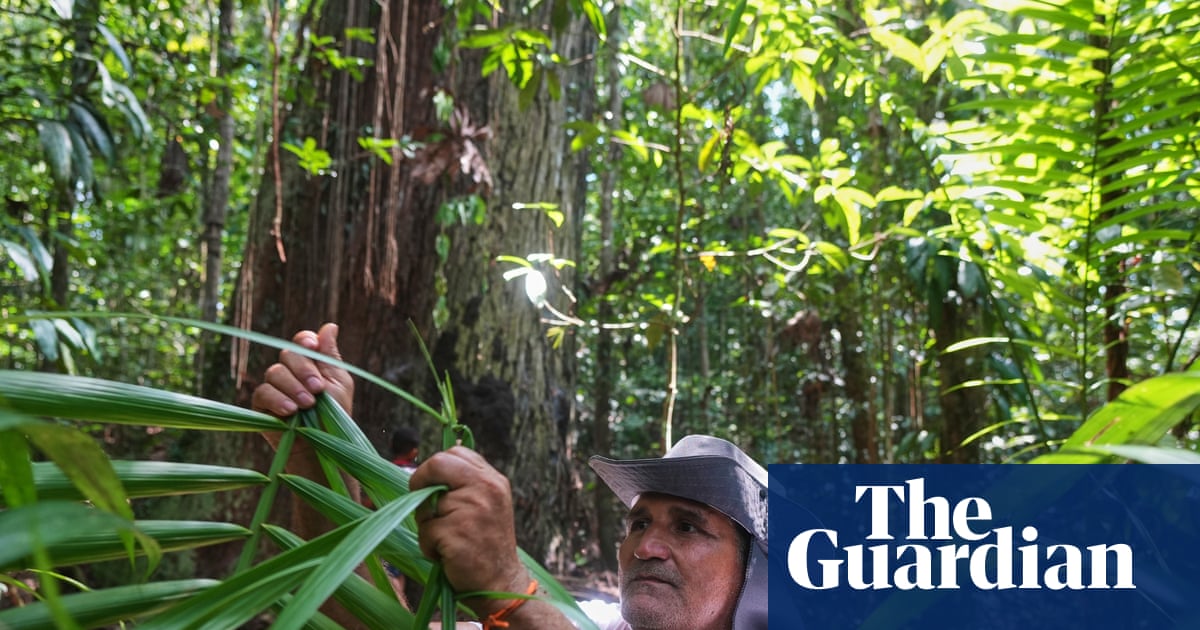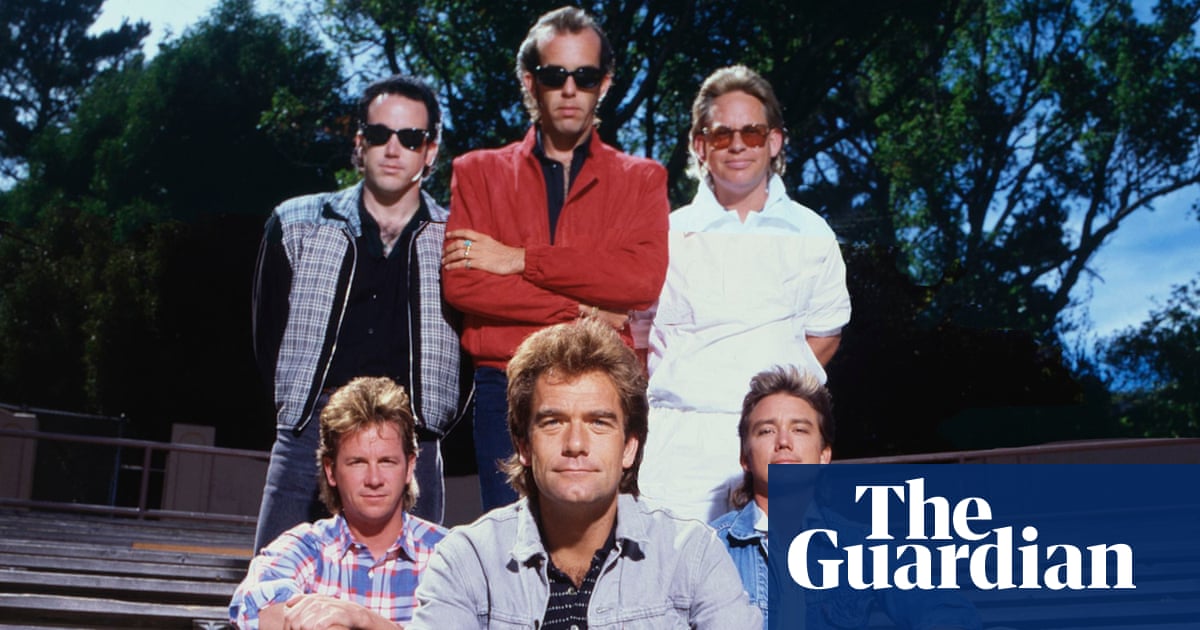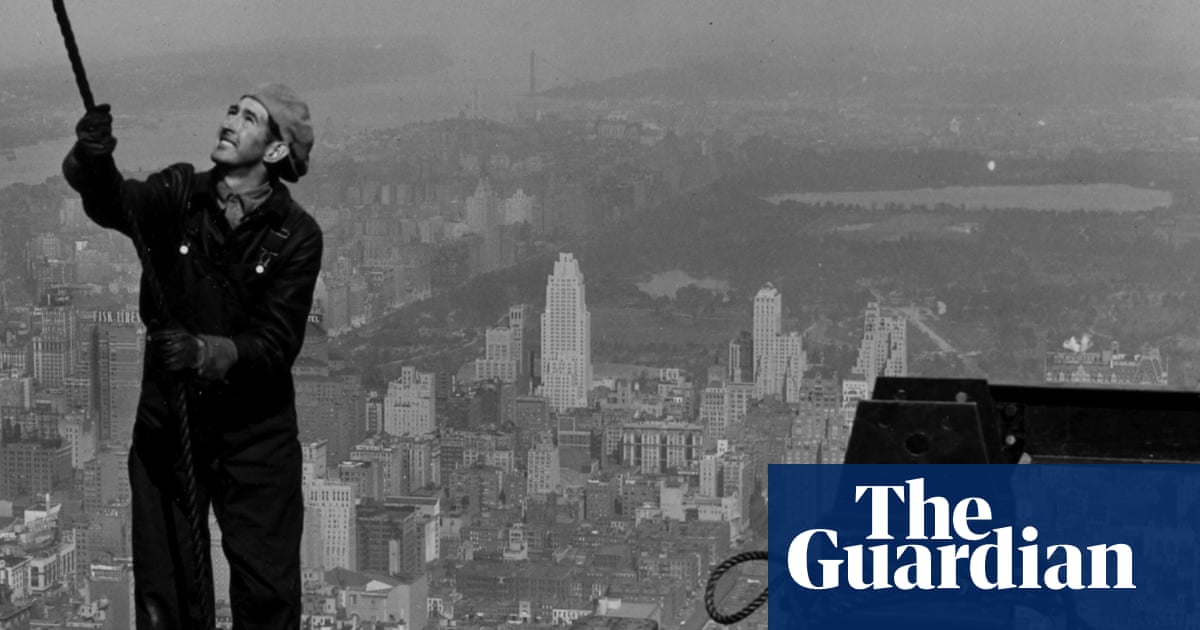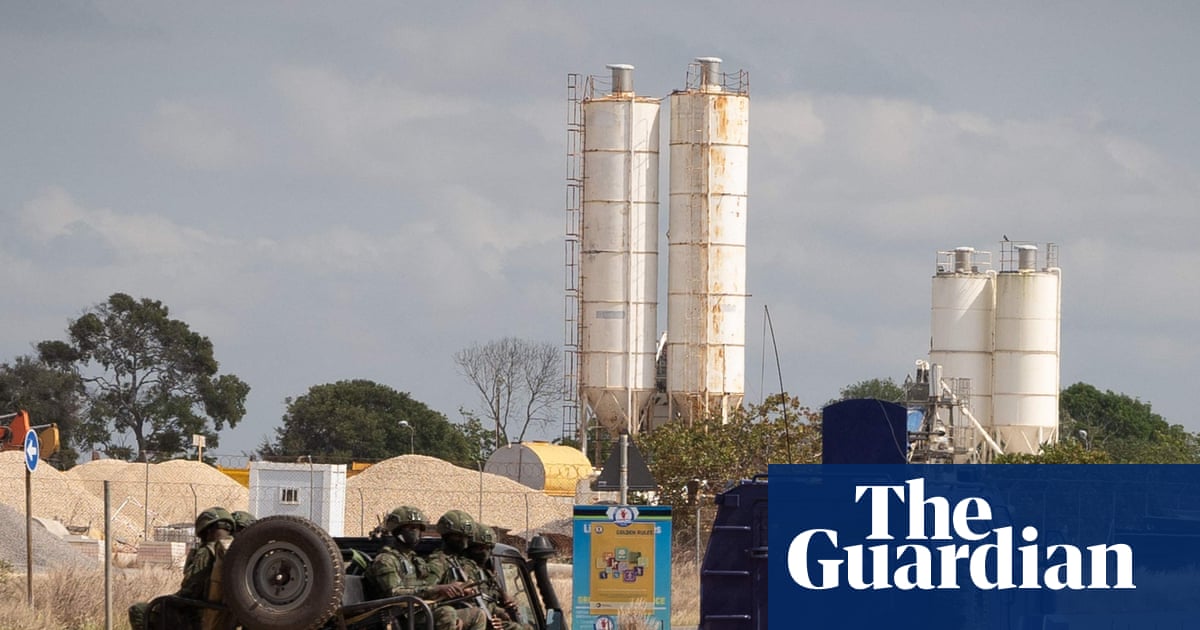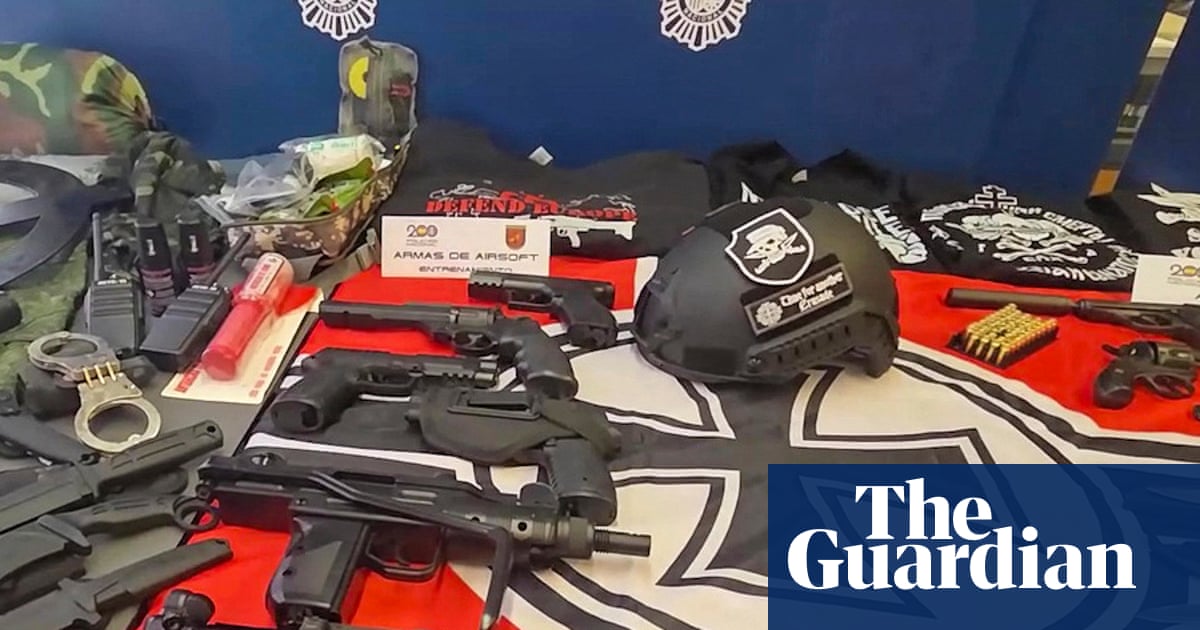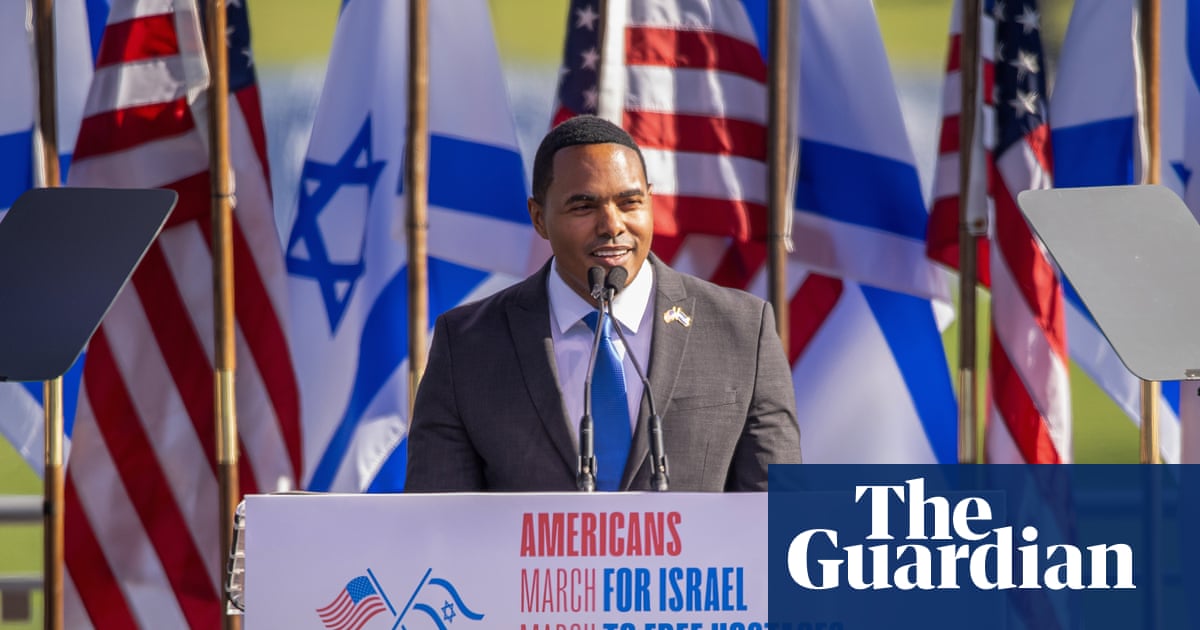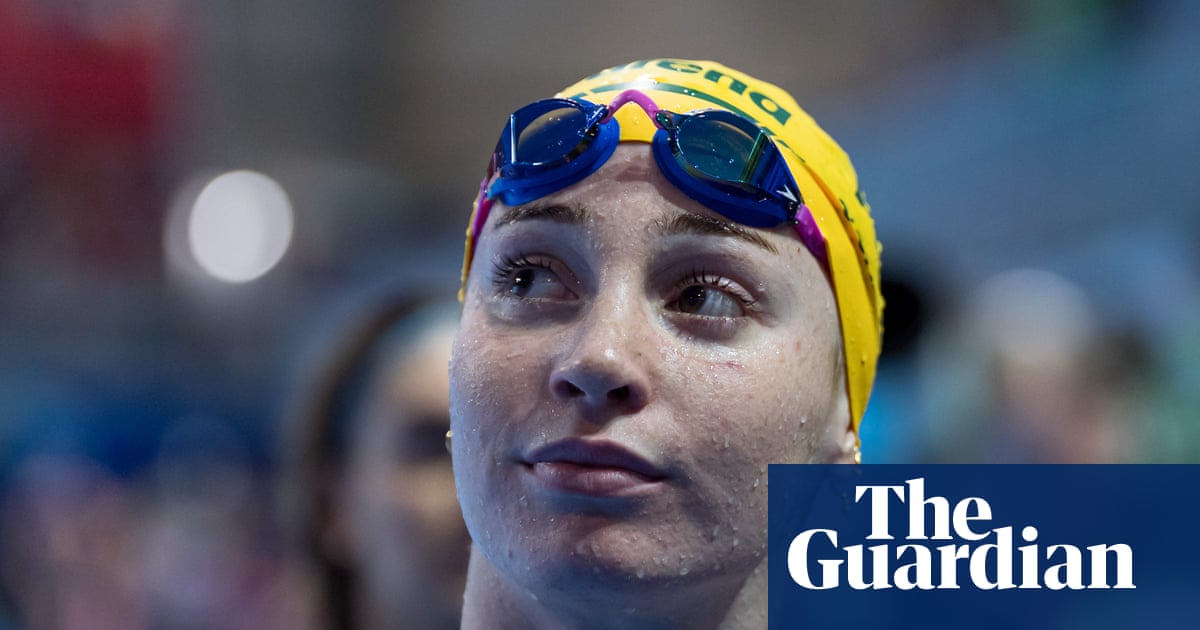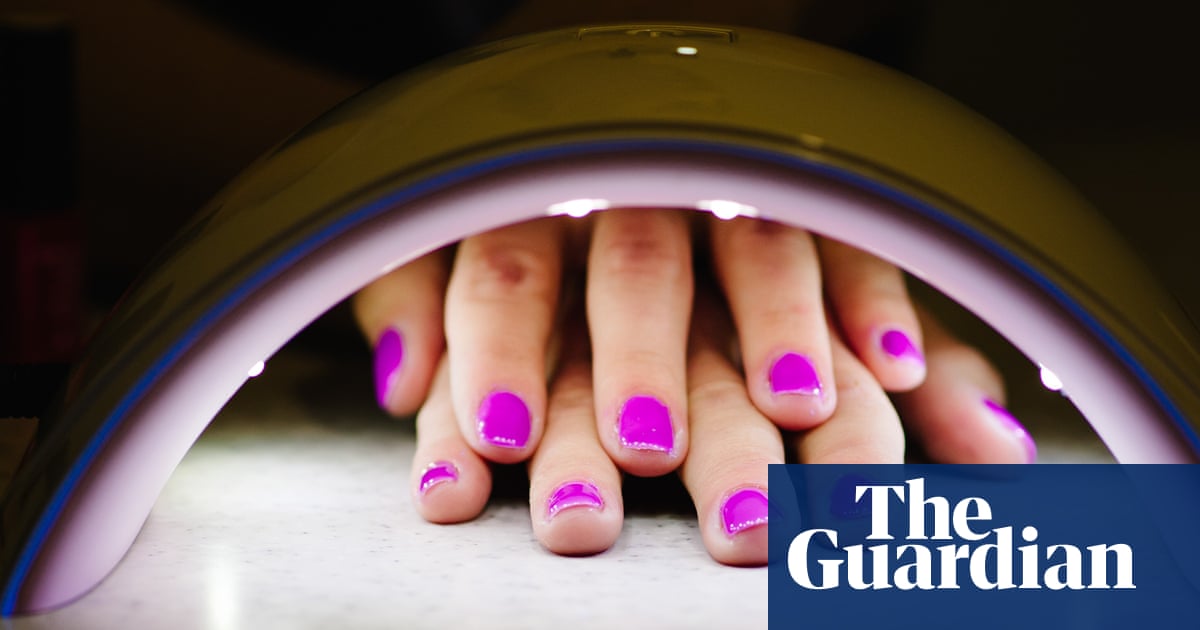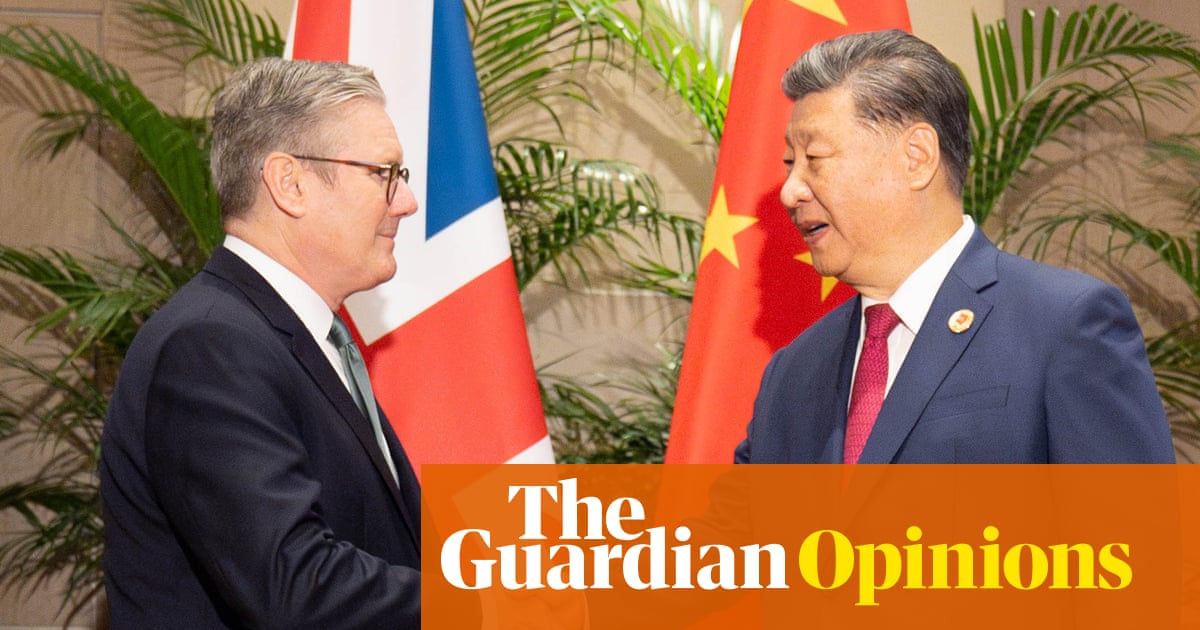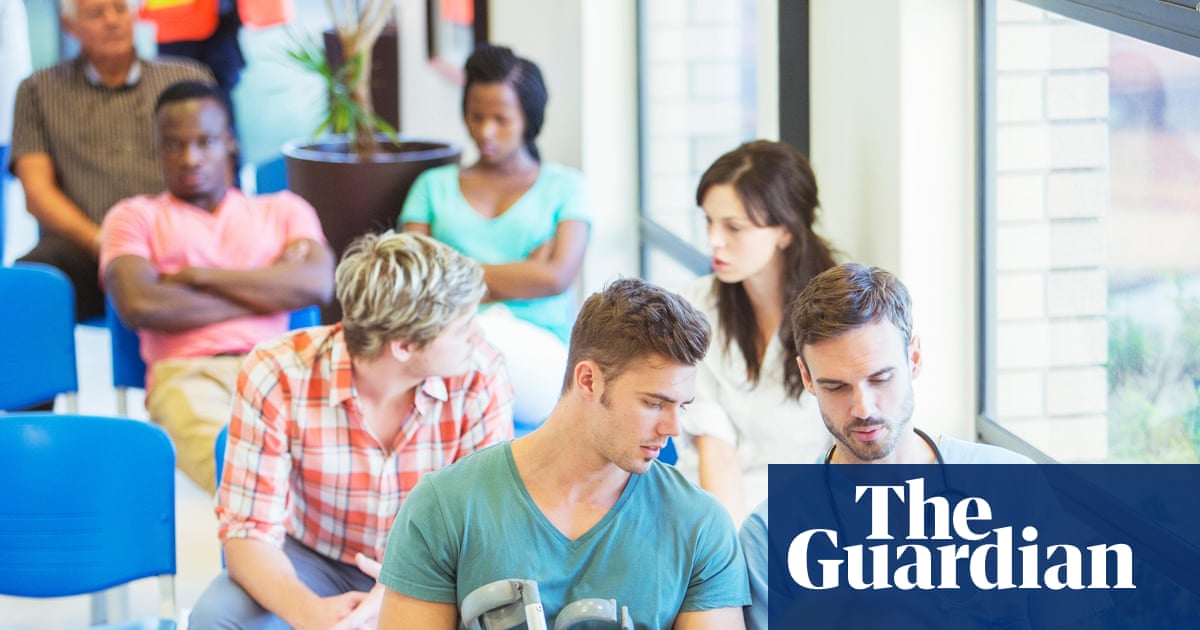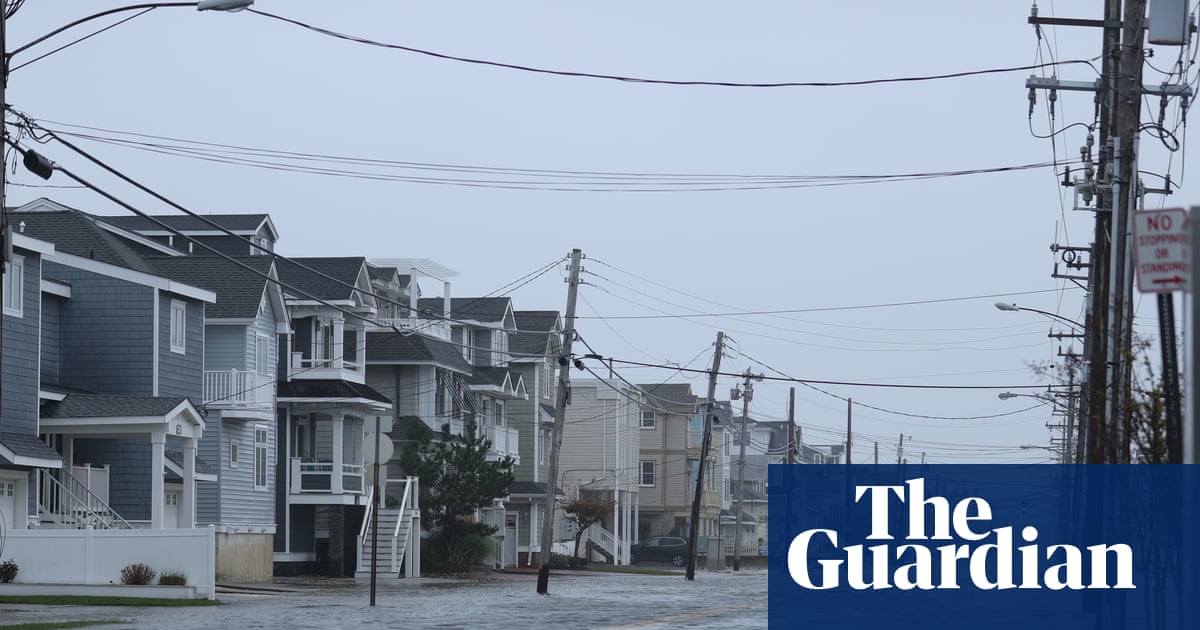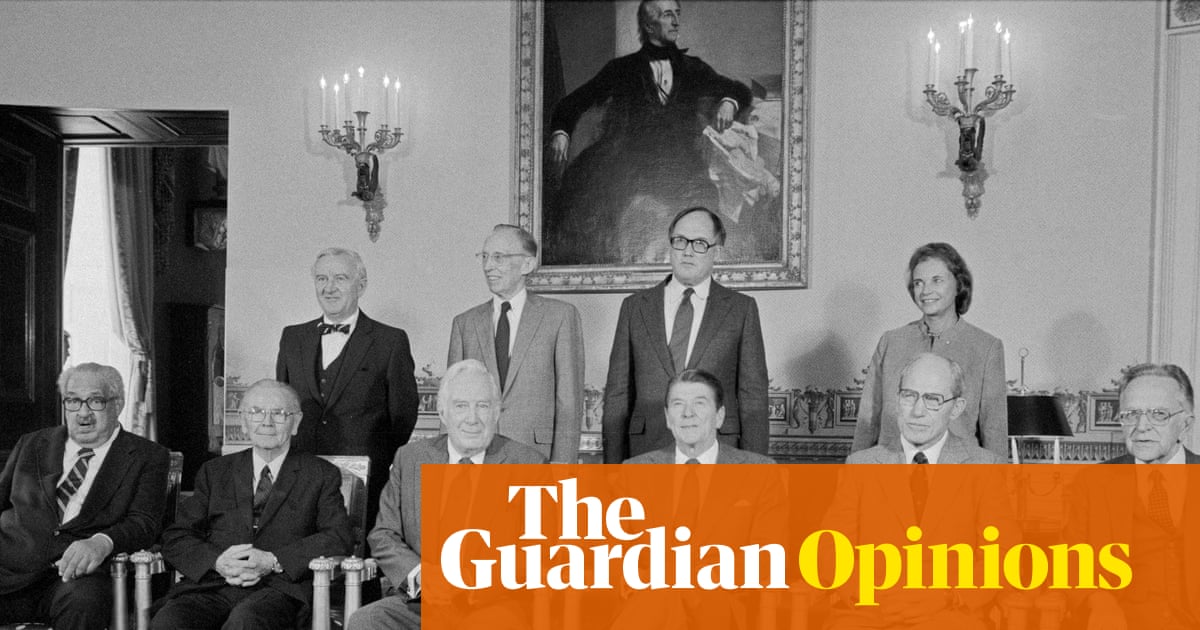When police tasered and killed Clare Nowland – a 95-year-old aged care resident with dementia – after her nursing home called triple zero for help managing her behaviour, her family were devastated and the public was shocked.
How could a frail and elderly woman on a walking frame, albeit grasping a steak knife, die in such a violent way?
Nowland’s death intensified calls to explore alternatives to police officers as first responders, especially when people are experiencing mental health crises, and especially among vulnerable communities who have historically had a justified fear of the police.
She was one of at least five people who died in 2023 after interactions with New South Wales police, including “gentle soul” Steve Pampalian, shot in his driveway suffering a psychotic episode; beloved son Jesse Deacon, shot by police after a concerned neighbour called triple zero when seeing Jesse had self-harmed, and Newcastle mother Krista Kach who died after officers forced their way into her apartment after a nine-hour standoff and shot her with beanbag rounds.
“The only person in danger when the police broke into our mother’s home, and the many hours leading up to that moment, was our mother,” her family said in a statement at the time.
The toll continues. There have been five deaths involving police in similar circumstances since the start of this year.
In May, Kumanjayi White, a 24-year-old disabled Warlpiri man from Yuendumu, died after being restrained by police in the Coles supermarket in Alice Springs.
In April, Abdifatah Ahmed, a Somali refugee experiencing homelessness, in mental distress and allegedly brandishing a knife, was shot dead by Victorian police.
In June, NSW police shot a 52-year-old man said to have been holding a knife, after a three-hour siege at a Elderslie caravan park. A neighbour called triple zero out of concern for the man’s welfare.
In South Australia in May, police restrained father of two, Gaurav Kundi, after witnessing an “altercation” with a woman on the street. Kundi, 42, “became unresponsive” during the arrest and died two weeks later in hospital.
In July, Taite Collins watched and filmed as his partner, Collin Burling, was surrounded by officers at their public housing block in Sydney’s Waterloo. “He didn’t have to die,” Taite later told Guardian Australia. “He begged not to die”.
In at least one jurisdiction, police admit they are not equipped to deal with the increasing number of mental health callouts they receive.
A NSW police internal review in 2024 found that officers attending mental health incidents are often “an escalating factor” and it would be better if experts were deployed instead. The review found that on average a mental health incident is attended or recorded by police every nine minutes, and this had increased each year since 2018.
So, if even the police (in NSW at least) say they aren’t the right ones to call, what is the alternative?
Last month the National Justice Project (NJP) hosted Australia’s first forum on first responders in Sydney. It has launched a campaign for police and social services to implement alternative first responder programs. They say we need a “180-degree shift” that prioritises safety and care over containment and control.
Alternative first responders can be community members who are deeply connected to, and understand, the communities they serve. But surrounding these trained responders must be a series of safety supports that allow people scooped out of harm’s way to get the care they need. Where these programs are given a chance to work – and sustainable funding to grow and measure their own effectiveness – they are getting results.
In Anindilyakwa (Groote Eylandt in the Northern Territory) the Peacemaker program – where community mediators try to solve problems through negotiation rather than call police – has seen offending drop by about 88% since 2019.
In Fitzroy Crossing in Western Australia, the Night Place, open seven nights a week, has given hundreds of local kids a hot meal and a safe place to go after dark – and has employed more than 20 local Indigenous staff since it opened in September 2024. Youth crime has fallen significantly over that time, local police told the ABC.
Alternative first responders help people get the right care without any need for force. They de-escalate tension and reduce harm. This includes letting people decide what they need and how they receive help.
In the United States there are hundreds of community crisis-care groups across more than 130 municipalities implementing non‐police, unarmed emergency responses. The Community Crisis Response Team in Long Beach, California manages calls for mental health distress, suicidal ideation and intoxication with a three-person team of a mental health professional, public health nurse and peer navigator. The goal of the program is to reduce unnecessary police or hospital-based interventions. Crucially, the service does not ask people or collect information about their immigration status.
Of course, legislative reforms are needed to embed changes in practice. But NJP campaign lead, Chloe Fragos, says none of this is about going soft on public safety or crime, as much as the rhetoric wants to drive the narrative this way. Having alternative first responders is just common sense.
“Firstly, we must address the stigma around mental health and the belief that public safety is somehow at greater risk because of it. This is simply incorrect. Secondly, having mental health challenges or disabilities (seen or unseen) does not warrant the use of force. We do not send police to respond to a heart attack, so why do we send them for mental health callouts?” she says.
“We must separate public health and community wellbeing decision-making from the rhetoric of ‘public safety’. What truly keeps communities safe are robust, inclusive and dignified support systems.”
What we need is political courage and willingness to invest in community safety that is shaped by, and for, communities themselves. We need law reform, sustainable funding and support for alternative first responders. We need to put an end to the number of families grieving the tragic, avoidable and violent deaths of loved ones who, in their darkest moment needed love and care, but were instead met with lethal force.

 3 weeks ago
29
3 weeks ago
29

